Indoor Kids? 8 Creative Ways To Get Them Outside This Summer!
Some children are drawn to indoor play even when the weather is inviting. That doesn’t mean they dislike nature or lack curiosity. It means they may need smaller steps to build a habit of exploring. These ideas come from parents, educators, and researchers who’ve seen what works. Try one at a time and see which ones fit your child’s interests.
Start With Short Outdoor Bursts
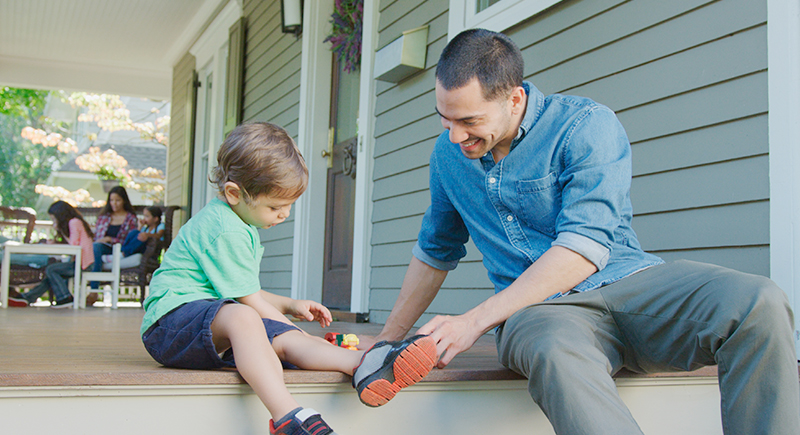
Credit: iStockphoto
Pediatric studies show that regular exposure to natural light helps regulate sleep patterns and mood. Short outdoor sessions can begin this process. Ten or fifteen minutes on the porch, walking to see neighbors’ gardens, or looking at nearby trees can be enough.
Relax Clothing Battles

Credit: iStockphoto
Children typically argue about jackets or pants, and these disputes prevent young ones from exiting the house entirely. Focus on comfort and safety instead of ideal outfits. If conditions are mild, let them wear shorts or their favorite shirt. Pack warmer clothing in a bag in case they change their mind.
Move Indoor Hobbies Outdoors
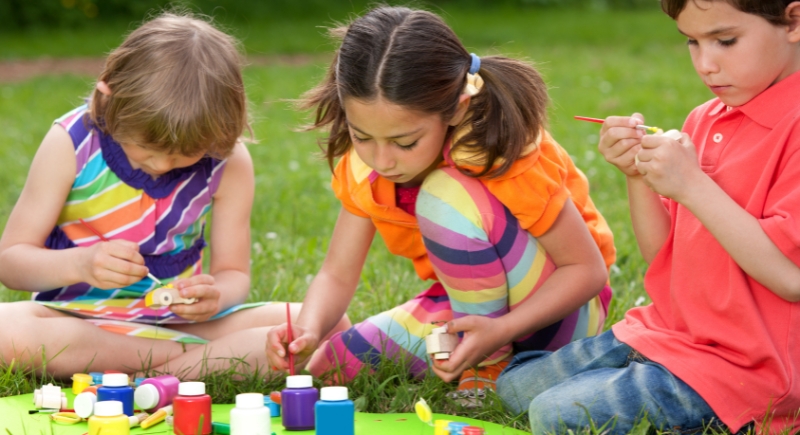
Credit: Getty Images
Set up a sturdy mat, tray, or low table outside and bring out a few favorite indoor activities. Magnetic tiles, sketchpads, or small puzzles work well in this setup. Keep pieces contained on a flat surface so nothing gets lost.
Make Outdoor Meals a Routine
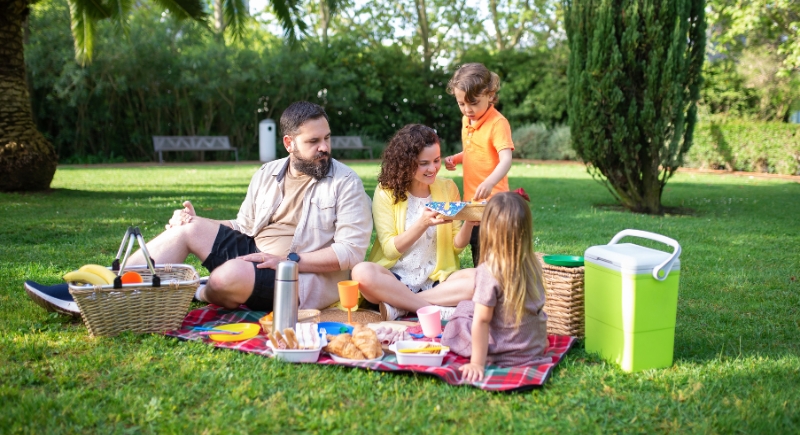
Credit: pexels
Sharing meals outside strengthens family connections and improves overall mood. Research on family mealtimes reveals that eating together encourages better communication, and outdoor settings add calm and reduce distractions. Little ones also become more curious and observant when they eat where they can see plants and wildlife.
Try Easy Science Experiments
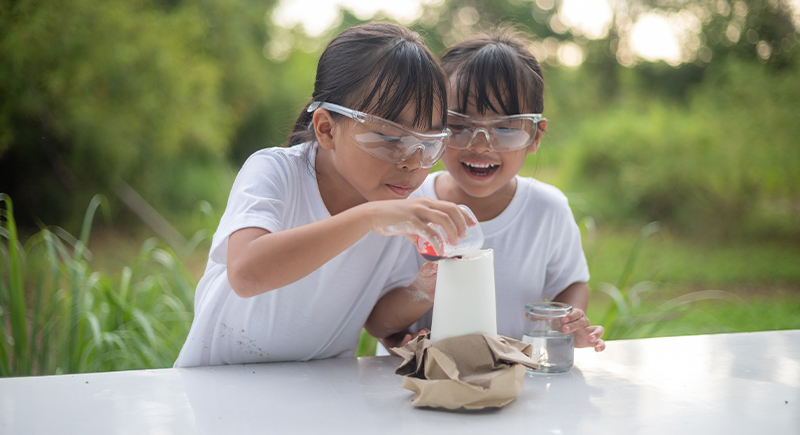
Credit: iStockphoto
Create a small volcano with baking soda and vinegar, build a sundial to track shadows, or test how different surfaces absorb water. Let kids mix ingredients, set objects in sunlight, or pour water on soil and sand to compare results. These activities reveal patterns in nature and give kids clear, immediate outcomes they can talk about.
Create a Familiar Weekly Meetup

Credit: pexels
If trips outdoors happen in different places each time, some children can feel unsettled and less willing to join. Changing locations removes the comfort of knowing what to expect, which can raise anxiety. They may have trouble forming deeper connections with peers they rarely see again. But having one familiar park to go to helps them stay engaged and secure.
Play With Weather Safely
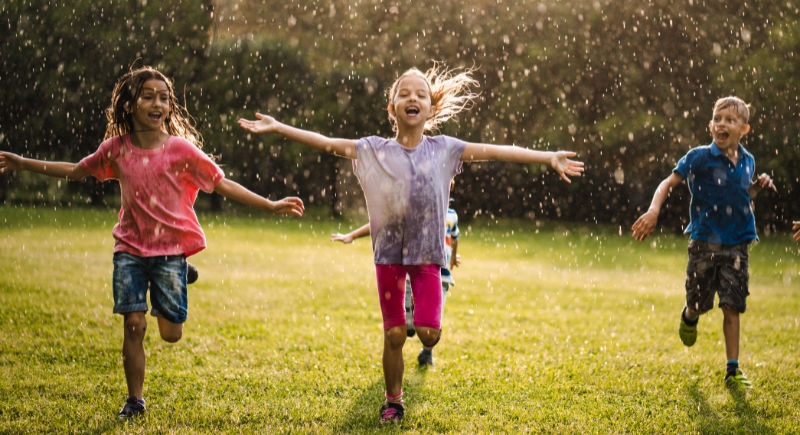
Credit: Getty Images
We all have childhood memories of running through light rain or feeling strong gusts of wind on our faces. Those moments stay vivid because they broke routine and felt exciting. Allowing kids to experience gentle weather shifts builds comfort with the outdoors in many forms. They learn that nature changes daily and is still welcoming.
Encourage Micro Exploration
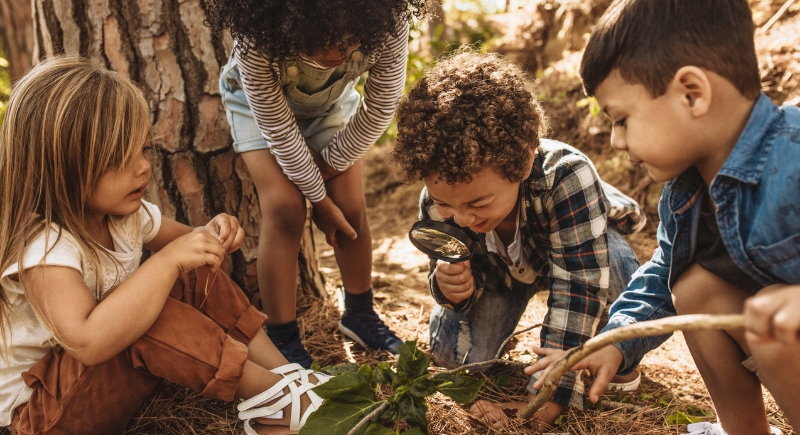
Credit: Canva
Small discoveries can turn an ordinary day outside into something memorable. When kids crouch down to watch ants or dig around in the grass, they start to notice details most adults miss. Exploring these tiny corners—whether it’s under a rock or by a bush—teaches them about plants, insects, and the way things change with time. It’s a simple way to spark curiosity close to home.
Offer Leadership Opportunities

Credit: Getty Images
Letting children choose where to walk or which path to follow gives them a stronger sense of control. They are often proud when they decide on a picnic spot or pick which trail to try first. This sense of ownership can make them experience that they are on their own adventure rather than an assignment.
Turn Art into Nature Studies

Credit: iStockphoto
Early art education research indicates that drawing natural subjects improves attention to fine detail. Bringing a simple kit of pencils or paints creates opportunities for these focused moments. Parents usually discover that their child begins to ask questions about shapes and colors in nature as they work.
Blend Building and Nature

Credit: Canva
Kids have always found ways to turn natural objects into something new. Give them a pile of sticks or a handful of leaves, and you’ll see boats, forts, or tiny bridges start to take shape. They quickly figure out what floats or holds together. This kind of hands-on play builds real-world problem-solving skills, one experiment at a time.
Host Simple Scavenger Hunts

Credit: Canva
Write a short list of outdoor items for children to find, such as smooth stones, feather shapes, or three different kinds of leaves. Such hunts focus attention and ensure a purpose to time outside. Teachers regularly use similar activities to build observational skills in science lessons.
Plant Easy-Care Vegetables
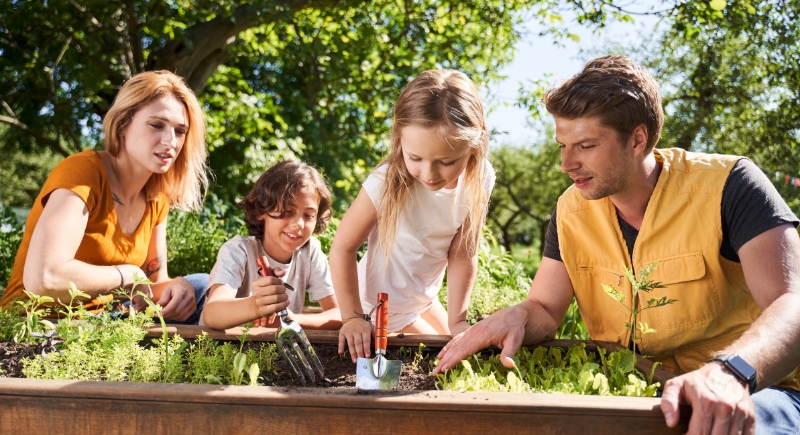
Credit: Getty Images
Growing quick crops like lettuce or radishes lets kids see progress in just a few weeks, which keeps their interest high. Setting up a small container garden on a balcony or patio provides them with a manageable space to care for. They head outside each day to water and check growth, which can build a steady interest.
Celebrate Small Milestones

Credit: Canva
Many children put genuine effort into staying outside longer or exploring further, yet that effort tends to go unnoticed. When achievements pass without recognition, motivation can fade, and play can become less meaningful. A better approach is to call out those small steps. Tell them you noted the amount of time they spent exploring or how many interesting things they discovered.
Pair Technology with Exploration
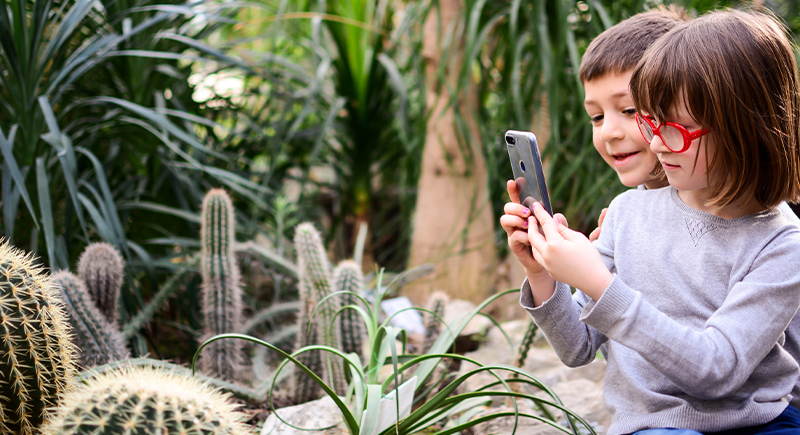
Credit: iStockphoto
These days, there are apps that can identify plants instantly or recognize bird calls with just a short recording. Hand the device to your child and let them scan leaves or listen for sounds nearby. Using familiar technology in this way turns into an active search and makes each walk purposeful and fun.